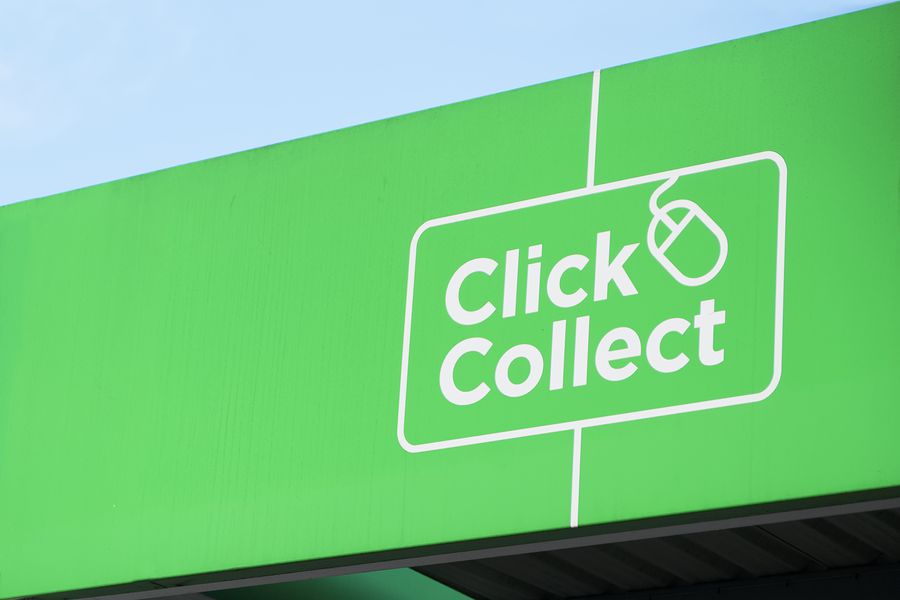
The eCommerce market is fast changing Australia’s traditional retail landscape. Over the past three years online retail sales in Australia have grown by 14 per cent annually[1]. At a major conference this week, a last-mile expert predicted that out-of-home deliveries will very soon make up a significant component of the last-mile market.
Marek Rozycki, managing partner at Last Mile Experts, a consultancy group focused on all aspects of eCommerce and last-mile logistics, says “Out-of-home delivery is becoming crucial for the delivery sector because it offers a virtually guaranteed first-time delivery solution. It is also increasingly important to the overall consumer experience because is it currently the only way to manage massive volume growth without excessive service failures and costs.”
The last-mile accounts for approximately 41 per cent of supply chain costs.[2] Parcel collection point networks such as Hubbed are growing because they guarantee successful first-time deliveries and increase delivery density to collection points – both reducing costs for carriers.
3 areas of growth for out-of-home deliveries
Marek anticipates the three areas of out-of-home deliveries that will grow in Australia will be lockers, collection point networks, and click and collect services.
However, there may be security and IT issues with lockers: hackings, intrusion, vandalism, robbery and power outages. Some overseas industries are already addressing physical security issues with innovative technologies such as video cameras, movement and vibration sensors.
Collection point networks, with their proximity to consumers, familiarity and simplicity of use, will see significant growth. Hubbed has grown to 2000 locations around the country within five years, recently began trading in New Zealand and is set to launch in several Asian markets this year.
In-store click and collect offerings also have plenty of space to grow, thanks to sustainability concerns, desire for greater control and convenience. Research shows that almost two-thirds of customers spend more when they use click and collect.[3]
7 international trends to watch
- In-store click-and-collect ‘drive-thru’. Marek forecasts continued growth especially at major supermarkets or grocery stores. In some cases, employees will bring the packages out to individuals waiting in their cars or a specified pick-up location.
- Smart locks that power in-home and in-garage delivery. Delivery drivers might soon be able to leave parcels in the home, garage or other secure locations via smart locks. For this type of delivery, homeowners would be notified when the delivery driver has arrived, and they would provide permission for them to access the property to make the delivery.
- In-fridge delivery. Would you let delivery drivers enter your home to place food deliveries in the fridge? Maybe not. However, Marek believes that this method of delivery will become possible via smart locks and drivers with cameras, allowing the consignee to see what is happening throughout the delivery.
- AGVs (robots). Robots, or ‘bots’, are being tested in various places but will still take time to be used at scale.
- Leave with a neighbour or ‘safe drop’. This method can be utilised in cases where a parcel is being delivered to the home, when the customer is out. In these instances, the customer can elect to have their parcel left with a neighbour or a pre-determined location that they deem is safe.
- UAVs (drones). Delivery providers are already utilising drones for specialist deliveries. As with AGV’s, it will take time before this happens at scale.
- 3D printing. This would allow consumers to have suitable products 3D printed at local access points, which will have the potential to “drastically reduce the movement of freight in urban areas”, says Marek.
[1] According to UBS’s Evidence Lab report, online retails sales in Australia have grown at a 14% (compound annual growth rate) for the past three years, and now make up around 9 per cent of retail sales. See further: https://www.
[2] Capgemini Research Institute, Last-mile delivery executive survey, October–November 2018.
[3] According to UBS’s Evidence Lab report, 62% of customers spend more when they use click and collect. See further: https://www.

